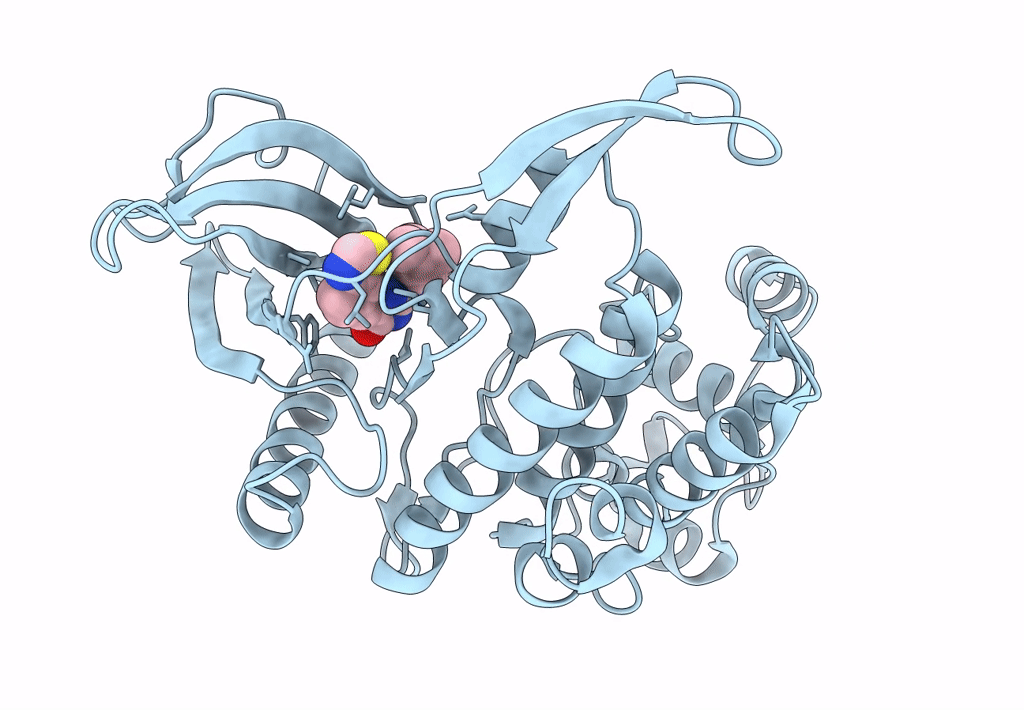
Deposition Date
2023-05-09
Release Date
2023-05-17
Last Version Date
2024-07-31
Entry Detail
PDB ID:
8P08
Keywords:
Title:
Crystal structure of human CLK1 in complex with Leucettinib-21
Biological Source:
Source Organism:
Homo sapiens (Taxon ID: 9606)
Host Organism:
Method Details:
Experimental Method:
Resolution:
2.40 Å
R-Value Free:
0.26
R-Value Work:
0.20
R-Value Observed:
0.21
Space Group:
I 1 2 1


